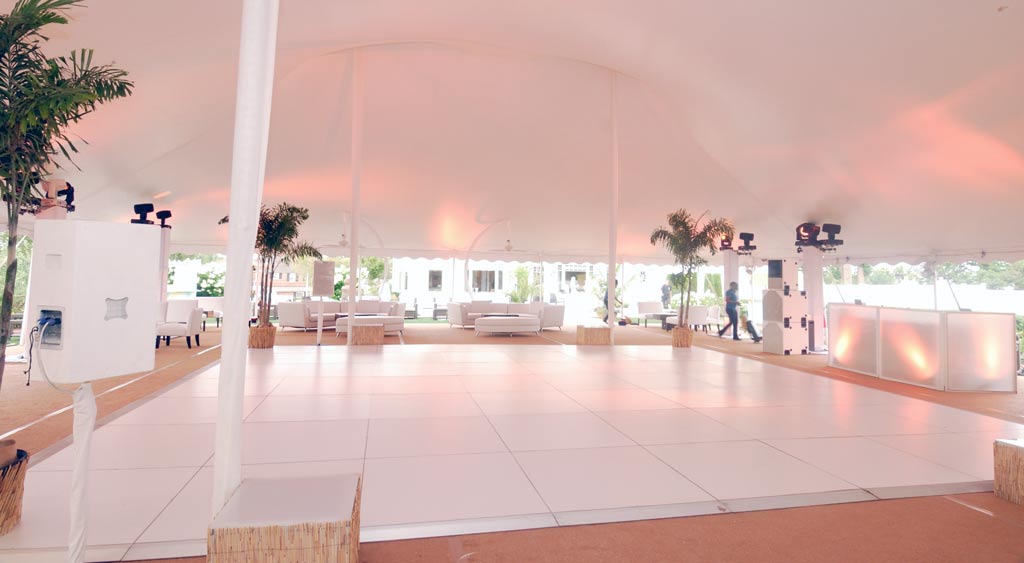
The primary hues are crimson, blue, and yellow. These colors cannot be made by mixing other colors together. Secondary colors, such as emerald, orange, and violet, are formed by combining main colors. Third-level colors are formed by mixing a main hue with a intermediate hue. Grasping these fundamental relationships helps designers choose hues that complement one another and create a aesthetically pleasing show. Mixing these hues on an light-emitting diode dance floor can lead to dynamic and stimulating outcomes that attract the focus of dancers.
Color temperature also plays a key part in aesthetics. Hues can be categorized as warm or cool. Warm hues, such as red, orange, and yellow, often to elicit emotions of excitement and warmth. In contrast, cool hues like azure, dance floor rental for special occasions emerald, and purple typically generate a serene and soothing atmosphere. Creators can use these color temperatures to establish the ambiance for various kinds of occasions. For instance, a celebration atmosphere may gain from hot colors that invigorate the audience, while a further relaxed event might use chill hues to offer a calming effect.
In addition to hue pairings and temperature, brightness and intensity are vital factors to take into account. Luminosity denotes to how bright or dark a color looks, while intensity measures the intensity of a color. Vivid, saturated colors can generate a lively and lively environment, ideal for dancing floors. On the other hand, softer, less saturated hues can generate a more subdued environment. By manipulating luminosity and intensity, designers can draw focus to particular areas of the dancing surface or create sight routes, leading participants through the venue.
Ultimately, it is crucial to consider the emotional impacts of color in light-emitting diode dance floor designs. Various colors can elicit various feelings and reactions. For example, red is frequently associated with passion and energy, while azure can be soothing and peaceful. Understanding these connections enables designers to strategically apply colors to affect the behavior of participants. By integrating hue theory into LED dancing surface layouts, designers can enhance the overall encounter, rendering it unforgettable and enjoyable for everyone Click Here participating.